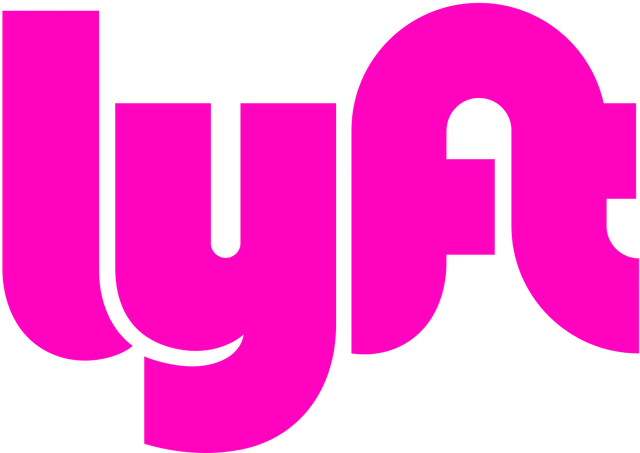Breaking Through Bottlenecks: How Lyft Scaled To Success [SIGNAL Rewind]
Time to read:

Lyft has scaled rapidly to say the least. They’re valued at over two-billion, and recently raised a billion dollars, with 500 million of that coming from General Motors.
If you used Lyft back in 2013, you might have had trouble getting a Lyft on a Friday night. They didn’t have enough people driving with Lyft then. This is the struggle of a two-sided marketplace – you need passengers so drivers can work. You need drivers so passengers don’t stand out on a corner waiting for a ride.
In order to scale at rapid speed, Lyft focused on self-onboarding and mentorship.
Whether you’re pressing the “request lyft” or “accept ride” button, you’re probably on-boarding yourself.
“You need a lot of drivers and you need a lot of passengers. Most importantly, you need to be able to scale them at the same time,” says Ben Lauzier, Growth Product Manager at Lyft. Self on-boarding was key to achieving that scale.
Here’s a highlight from last year’s SIGNAL as Ben runs down how Lyft shipped broke through their own bottlenecks on the way to success.
Related Posts
Related Resources
Twilio Docs
From APIs to SDKs to sample apps
API reference documentation, SDKs, helper libraries, quickstarts, and tutorials for your language and platform.
Resource Center
The latest ebooks, industry reports, and webinars
Learn from customer engagement experts to improve your own communication.
Ahoy
Twilio's developer community hub
Best practices, code samples, and inspiration to build communications and digital engagement experiences.


